Platelet-Rich Plasma (PRP)
Platelet-rich plasma (PRP) therapy is a medical procedure that has been used to treat a variety of conditions, including hair loss. PRP is made up of concentrated platelets and growth factors derived from the patient’s own blood. These growth factors are thought to encourage hair development and increase the thickness and quality of existing hair.
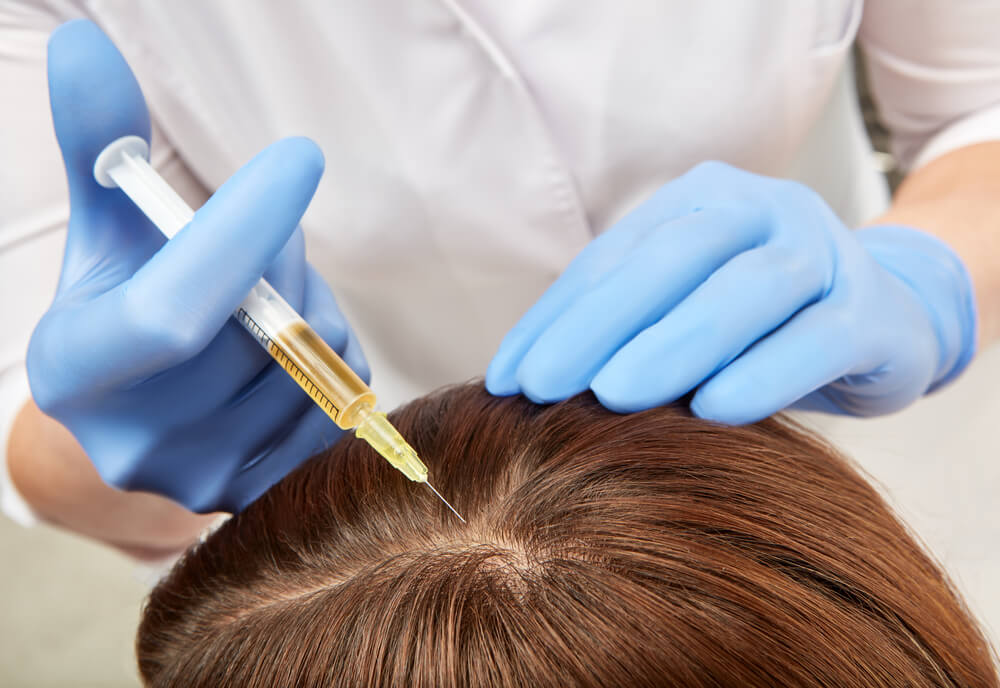
A little amount of blood is drawn from the patient, usually from their arm, during the process. The blood is then centrifuged to separate the platelet-rich plasma from the remaining components. The concentrated PRP is then injected into regions of hair loss or thinning on the scalp.
The premise behind PRP therapy for hair loss is that the growth factors in platelets can enhance the activity of hair follicles, hence lengthening the growth phase of the hair cycle and boosting hair regeneration. It is also thought to increase the density and thickness of existing hair.
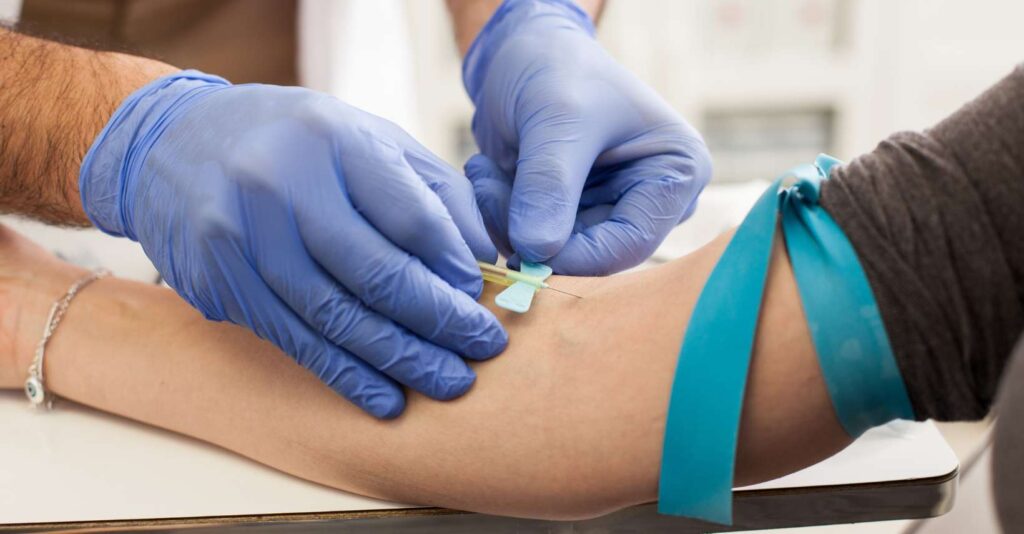
While PRP therapy has gained popularity as a hair loss treatment, it is crucial to note that the procedure’s success varies from person to person. More research on the efficacy of PRP for hair loss is needed to evaluate its long-term effects and suitable treatment procedures.
If you are considering PRP therapy for hair loss, it is best to speak with a trained medical practitioner, such as a dermatologist or a hair restoration specialist, who can assess your unique situation and provide suitable advice. They may go over the potential benefits and hazards of PRP therapy with you and help you decide if it is a good option for you.
How does PRP therapy for hair loss work?
Platelets, which are high in growth factors, are abundant in PRP. These growth factors, when injected into the scalp, are thought to stimulate the activity of hair follicles, increasing hair growth and boosting the thickness and quality of existing hair. They may also aid in increasing blood circulation to hair follicles, thereby giving them with critical nutrients.
Procedure and treatment plan:
PRP therapy for hair loss usually consists of a series of treatment sessions. The number of sessions required will vary based on the individual and the degree of hair loss. Multiple treatments, spaced around 4 to 6 weeks apart, are generally advised. Following the initial series, maintenance treatments may be recommended once or twice a year.
A little amount of blood is collected from the patient at each therapy session, usually from the arm. The blood is then centrifuged to separate the PRP from the other components. To prevent discomfort, local anesthetic is administered to the scalp before the PRP is injected into areas of thinning or balding hair.
Effectiveness and outcomes:
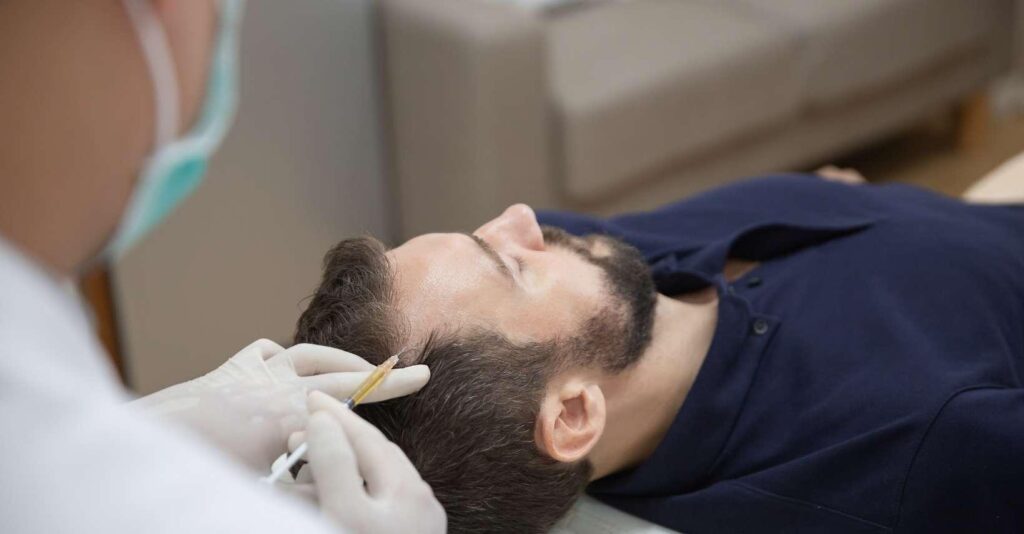
The efficacy of PRP therapy for hair loss varies by individual. While some studies found positive effects and improvements in hair growth, others found insufficient or inconsistent evidence. The extent and cause of hair loss, the individual’s overall health, and the technique employed for PRP preparation and injection can all influence the outcome.
It should be noted that PRP therapy is not a definite solution for hair loss, and the outcomes may vary. Some people may notice considerable gains in hair growth, while others may observe little to no difference. Consultation with a medical specialist who specializes in hair restoration might help you comprehend the potential benefits in your unique instance.
Safety and probable negative effects:
When administered by a trained healthcare expert, PRP therapy is generally regarded safe. Because PRP is taken from the patient’s own blood, the danger of allergic responses or infection transmission is minimal. However, like with any medical operation, there is the possibility of moderate pain or discomfort at the injection site, as well as temporary scalp swelling, bruising, or infection. These adverse effects are usually transient and disappear on their own.
Before receiving PRP therapy, it is critical to consult with a medical specialist. They may examine your specific illness, discuss potential risks and advantages, and assist you in making an informed treatment decision.
Combination with other treatments:
PRP therapy can be used alone or in conjunction with other hair loss treatments. Some people may choose to combine PRP with hair transplant surgery or with other hair loss therapies such as topical medicines or laser therapy. Individual demands and the opinion of a medical practitioner may lead to the recommendation of a combined approach.
Remember that PRP therapy for hair loss is an area that is always growing, and continuing research is being undertaken to refine treatment methods and evaluate long-term effects. It is critical to contact with a trained specialist who can provide tailored guidance based on your individual circumstances.
Send Us A Message
Useful Links
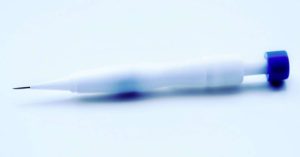
DHI Hair Transplant
DHI is a variant of the FUE procedure. With FUE, a surgeon physically cuts channels in the scalp before implanting hair follicles. Direct hair implantation, also known as DHI, is similar to FUE. During DHI, they make use of a specific instrument in the shape of a pen that is

Sapphire FUE Hair Transplant
It is a contemporary method that enables patients to emerge from the surgery with hair that seems to have grown naturally.In FUE, incisions in the recipient region are made using blades instead of scalpels. Steel blades are used in traditional FUE procedures, whereas sapphire blades are used in the more

Dental implant in Turkey
When it comes to dental implant costs, it’s important to know about the quality and alternatives available. You need to find out how much dental implants cost in Turkey first. Cost for a dental implant in Turkey Going to Turkey for a dental implant saves you the most money and
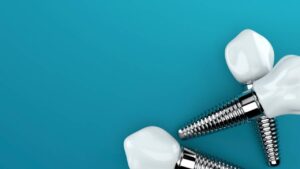
Dental Implants Surgery
Dental implants have been demonstrated to be successful in helping people with tooth loss improve their quality of life. Successful tooth replacement can enhance and restore the patient’s quality of life by improving the bite and providing a better eating experience, and it can also last a long time. Dental

